|
Who doesn't want to lower their electric bill? Especially if you live in a location where the electric costs a small fortune like here on Long Island. But fret not! In the past four years, with a lot of work and implementing everything you will read here, we were able to lower our yearly KWH usage from 13,634 KWh's in 2013 to 9,670 KWh's in 2013. That is a savings of 3,964 KWh's per year! Wow! The goal was to get below 10,000 KWh's and we exceeded that. What did we do and how can you do it too?
First, we used an energy meter to determine how much energy different appliances were using. For example, we used it on our refrigerator and after seeing how much electric it used and comparing that to the new energy star ones, well replacing it was a no brainer. This saved us the most KWh's. Read about our new Energy Star Refrigerator here. Second, we decreased how many hours our pool filter runs in the summer. This was a huge savings as well. Read about our Pool Energy Savings here. The third huge change was switching to all LED bulbs. This was a bit of an expense to start with, but worth every penny! And since we bought in bulk, it wasn't as costly as it could have been. Read why you should switch to LED bulbs here. Read more below about how we decreased our KWh's and lowered our electric bill.
Decreasing Electric Use - Investment required!
The following cost us money, but our electrical use decreased a lot so they were worth it!
Decreasing Electric Use - Little to No Money required:
These are mostly common sense, but reminders are needed every day in our house :-)
We are always working to save money on our electric bill and continue to replace high energy use appliances with energy star ones. The washer and dryer will be soon! Cant wait to see how much we will save :-)
Thank you for visiting!
Check out other ways to Save Money on your Bills & Debt! Follow us on social media :-) Sincerely,
0 Comments
Repurposing - using an item in a way other than its original purpose. Can be called an art because sometimes it requires a lot of creativity to find a way to repurpose something!
A simple example is reusing Chinese food containers to store magic markers in. A super creative example is breaking up old cd's to create a mosaic design on furniture or other items. See what I mean? I never would have thought of that on my own! And check out those amazing fairy tale books by high school students above! Super creative :-) Be careful about what you save to repurpose though! If you don't use it within a certain amount of time, it just takes up space and makes life more complicated! Either recycle it or give it away!
Some Creative Repurposing Ideas:
Watch this slide-show of repurposing possibilities!
Visit our page Household Waste for additional information
and check out our Pinterest Boards for more great ideas: Recycling (different ideas on what, how, and where to recycle) Selling & Donating (find ideas and places to sell and donate all kinds of items!) Repurposing (a plethora of unique and creative ideas...) Reusable Items (includes many products you may not have heard of before!)
Thank you for visiting!
Sincerely,
This is a simple crochet cowl that can be completed in just an hour or two while watching television at night. So quick and simple and so many compliments when worn!
This pattern is a great one for beginners because it only requires two stitches: chains and double crochet. New to crochet and need help? Check out the Crochet Guru on You Tube. She has video tutorials on just about every stitch you could ever want to know! Supplies Needed for Simple Cowl:
Directions for Simple Cowl:
Super simple!
Two more FREE cowl patterns coming soon: Thanks for visiting! Check out our other FREE crochet patterns here! We have some great Crochet Boards on Pinterest too! Sincerely,
Well, we actually did it! We tried the open air coop method for the winter to date and so far it is a huge success! We started out slow (one day at a time) because we weren't sure if it really was a good idea or how our chickens would react. But after only a few weeks we realized they were way healthier than ever before despite the fact that it had reached temperatures below freezing!
Ok, so what is an "open air" coop? Well, actually, the idea is that the coop is basically left open for fresh air all year long. Rather than just having a vent (which we do have at the front and the back), the coop is literally left open even through the winter. For our coop (pictured above) we simply just left the inside coop door open all winter (you can't see this door - the screen door you see would actually be closed every night to keep predators out). The little inside door faces south, but is in the shade so really doesn't get as much sunlight as we would have liked. It didn't matter though. The chicken coop was full of great fresh air and the chickens (five of them) shared a perch of 4 feet wide that is just above the inside door opening. They easily kept each other toasty warm on the perch each night! Our girls are more healthy than ever before! Normally over the winter their combs (on top of their heads) would look pale and sickly. Their feathers would not look healthy and full. Not this year! They are absolutely thriving, and I believe they are even happier! The reason we think this method was so successful is the decreased moisture content and increased fresh oxygen. Normally we would close the coop up each night and all the exhaling done by the chickens would stay inside the little 4 x 4 house with them. This would create a moist environment with high concentrations of carbonic acid (they exhale this) - neither of which is healthy for the hens. Of course, I don't know what the results would be should the temperature go below zero degrees, however according to the book "Fresh-Air Poultry Houses" it still shouldn't be a problem! In fact, this book provided the general concept of a open air coop to start with and was my inspiration to give it a try! It's a great book and well worth the read! Our future hen house will definitely be designed with this fresh-air concept in mind!
Thanks for visiting!
Please follow us on social media :-) Sincerely,
Ugh. My husband and I have been feeling pretty sore these days. With my daughter getting married in seven months we both are trying pretty hard to get in shape and that means we have been working a few muscles that most certainly are not used to the extra work!
But they do feel a lot better when we use this simple muscle rub afterwards! Just two ingredients and someone to help you rub it on.... and, well, you can see why it makes us feel better almost instantly! See below for purchasing ingredients and supplies through our affiliate: Amazon.com! *NOTE: the Birch oil in this recipe contains the same ingredient as in Aspirin and therefore should not be used in conjunction with anything containing Aspirin or Ibuprofen!
Please note that essential oils for home health DO NOT replace a doctor or modern day medicine. However, some can definitely be used to supplement, or, in the case of minor medical issues, be used instead of pharmaceuticals.
Always use common sense and seek the advice of a medical professional before making any major medical decisions. Thanks for visiting! Check our our other Essential Oil Remedies & Recipes and our Essential Oils Etc. Pinterest Board for other great uses! Sincerely,
Today recycling is a basic requirement just about anywhere you live. It can be annoying, but it is important and in some places there are actually penalties for not complying!
Depending upon where you live the rules are different. Where I live we need to separate our recyclables and put them out on different days. In other locations they have what is called "single stream recycling" where everything gets recycled together and separated elsewhere. This is in my opinion the best way and if you are lucky enough to live in a 'single stream' town then good for you! Whether you live in a single stream town or an area that needs to be separated like me, read the series below to learn how to make the process as painless as possible. And remember, you are helping the Earth and future generations!
Check out our Pinterest boards:
Thank you for visiting!
Sincerely,
We did it! We finally found a piece of land that met all of the criteria we set for it! Seriously, all of the criteria which was a pretty difficult thing to do. However, patience and perseverance paid off because God provided for us and what we wanted for our future homestead. After several offers back and forth and several visits to the property to explore it we finally settled on a price and signed the documents. We are now the proud owners of 30 acres of beautiful, prime Adirondack parkland! We couldn't be happier. Step 1 toward our future homestead is now checked off!
In my last post I talked about Things to Consider Before Purchasing Land (all things we learned as we were looking) but now I want to share with you a comparison of what we wanted verses what we purchased:
I simply had to have it. I couldn't find this size, and type, to-go cup anywhere else. All the 24 oz to-go cups I could find were more like thermoses with insulating properties, handles, and weird shapes and lids. I wanted a cup that is light weight, easy to clean, and was as close to being like the styrofoam cups with lids that I was so used to using for so many years. Yup, I am talking about the Dunkin Donuts 24 oz reusable to-go cup. To my knowledge they only offer it once a year and I knew I had to have it despite the fact that I am not fond of Dunkin' Donuts coffee. I simply wanted their cup so when they became available again, we went there with our coupon in hand and purchased it! It is my absolute favorite to-go cup! I use it every morning on my way to work when I stop at the local gas station and fill it up for $1.25 - less than what Dunkin' Donuts would have charged me!
The only problem with the mug was, well, it says Dunkin' Donuts on it. Of course I had to change it with a nifty little crochet cozy! It was super simple to make using some of my leftover yarn around the house.
Supplies needed:
Here is the basic pattern made with red heart yarn:
Super simple and I love it!
Thanks for visiting!
Check out our other FREE crochet patterns here! We have some great Crochet Boards on Pinterest too! Sincerely,
We have been looking to buy land for a homestead for many years now and boy have we learned a lot as we have looked at many different properties over the years. Who knew there was so much to think about before making a decision? We certainly didn't so I just want to share some of the more important things we have learned in our search.
What we learned to consider when looking for land:
Wow! Who knew there was so much to think about...and this isn't even everything! Thankfully we learned all of this before finding the land we finally purchased to build our future homestead on!
Read Homestead Dream Step 1: We Bought Land! One last piece of advice: Get out and walk or ride (think ATV) the land! If you can't, then find someone who can do it for you. There is no better way to really know if you want to buy it than to see it and experience it first hand!
|
Hi there! I'm Kathie, the author behind Creating A Simpler Life blog. I'm excited to share our longterm projects (and planning) toward building our future retirement homestead in the Adirondack Mountains of New York. In the meantime I will be sharing all the other little things we do that are part of creating our simpler life!
Categories
All
Archives
July 2020
|

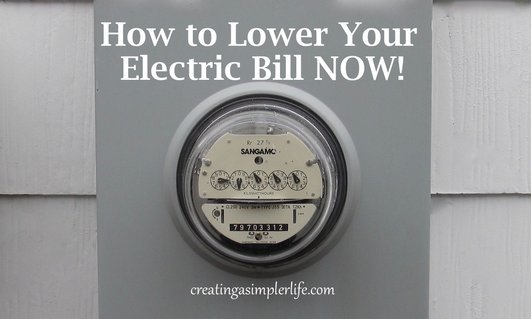

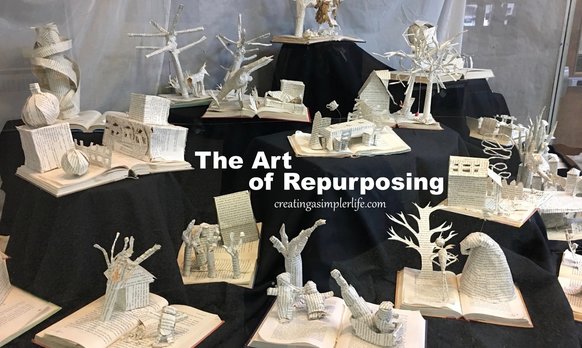
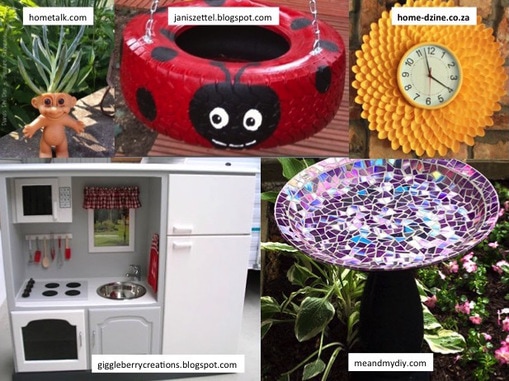


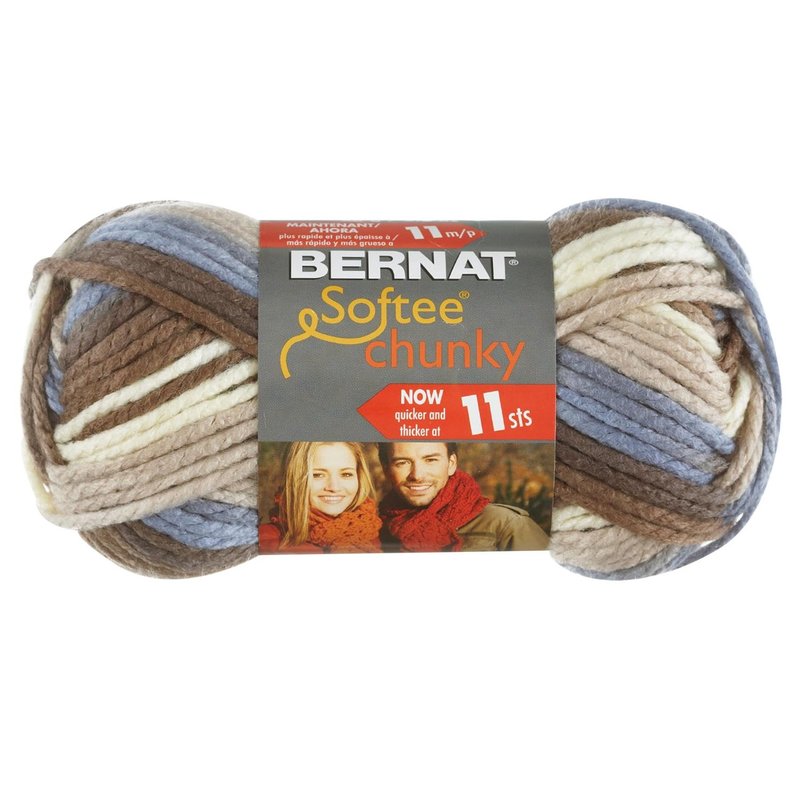

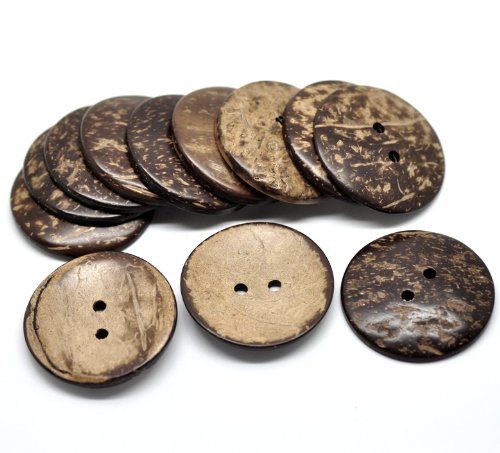
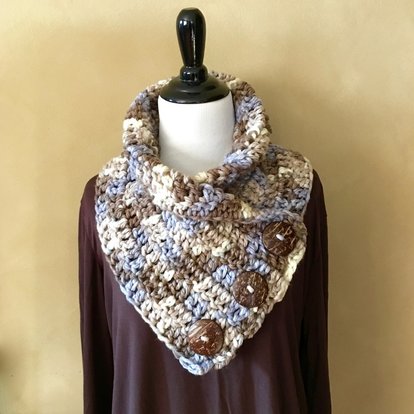
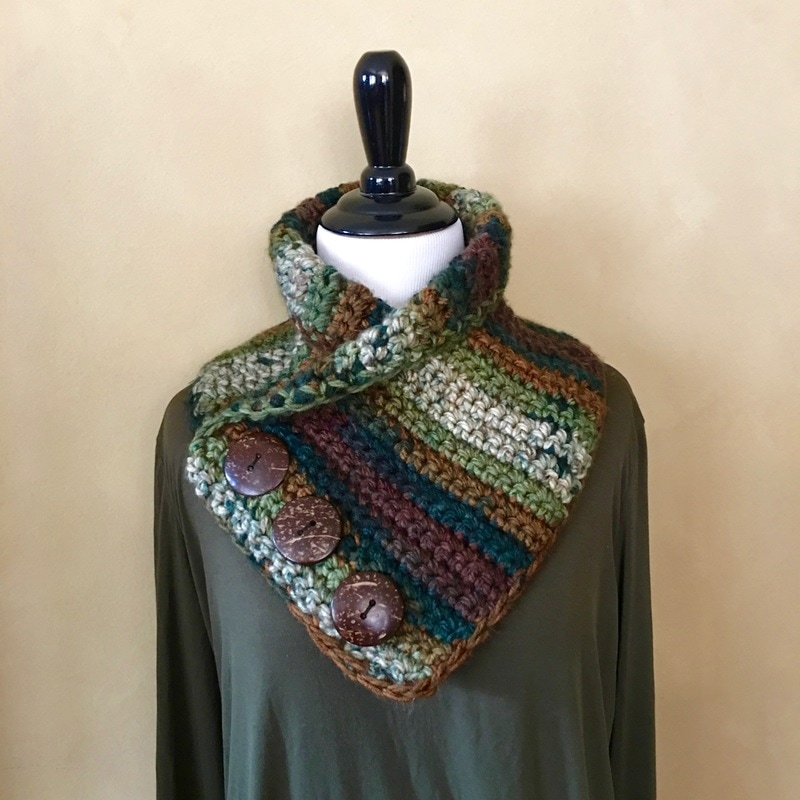
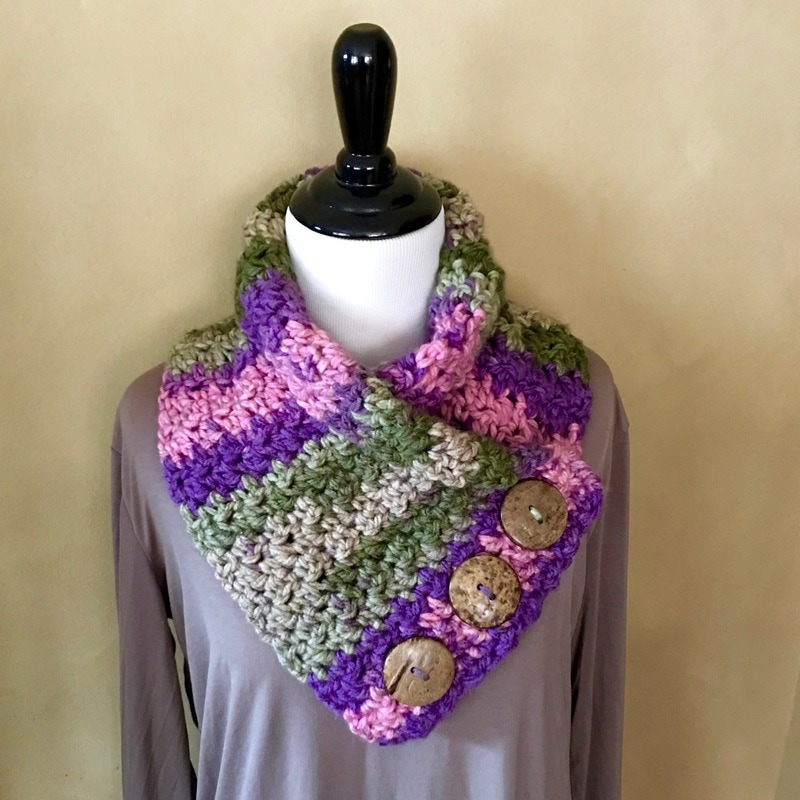

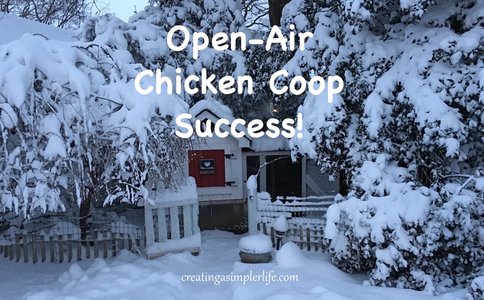

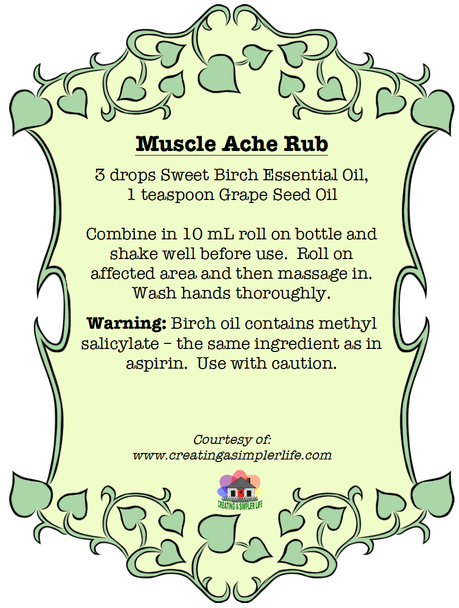

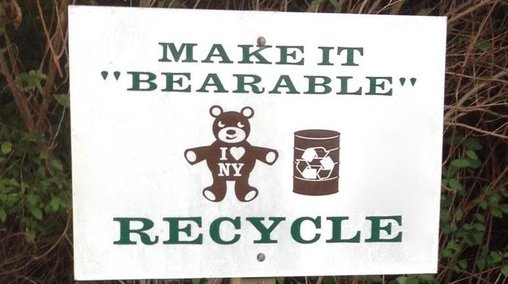
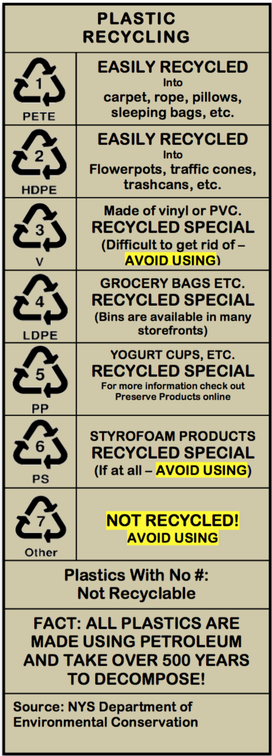

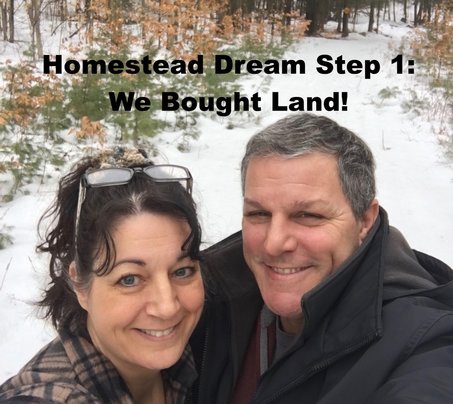

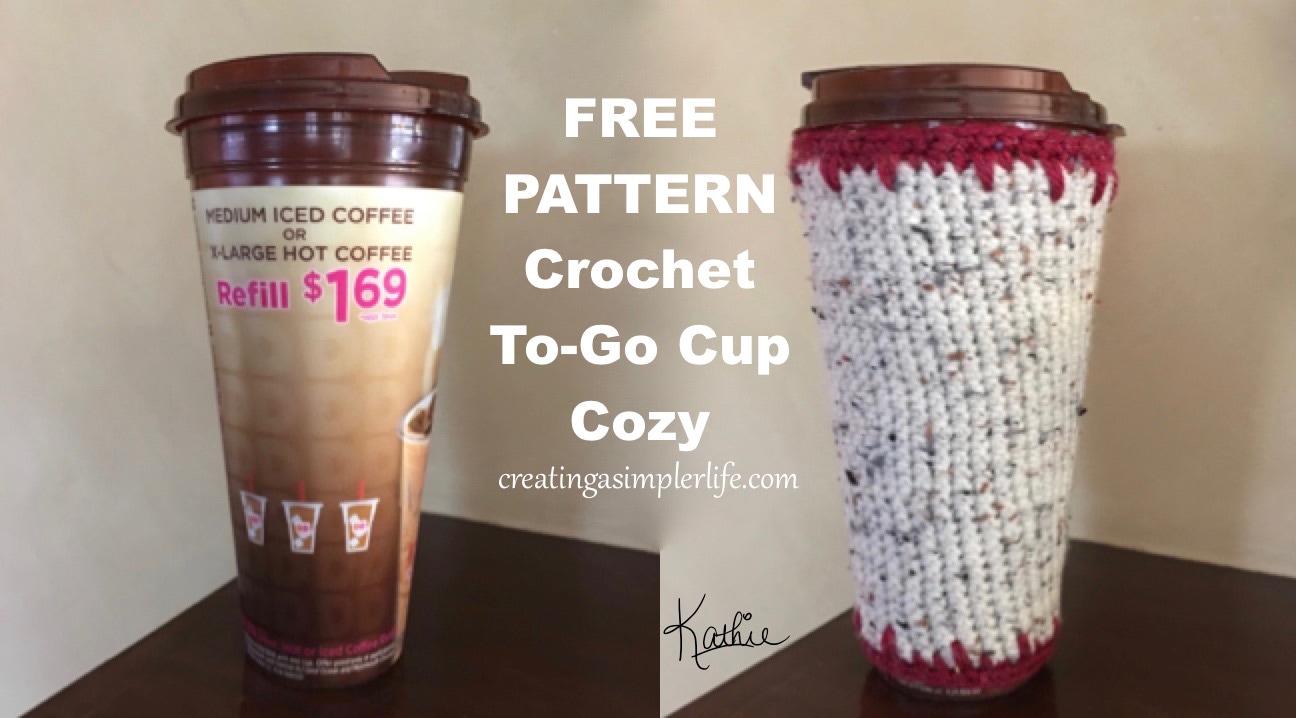
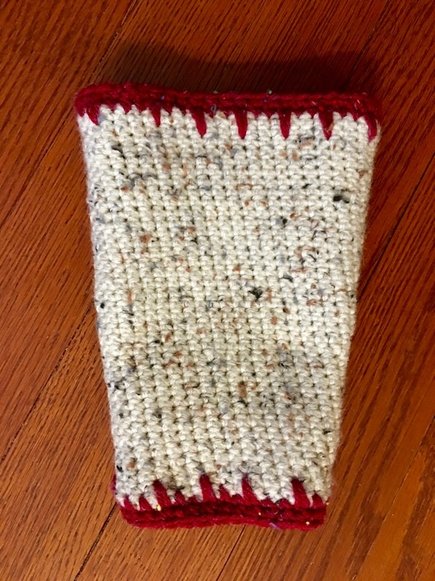




 RSS Feed
RSS Feed